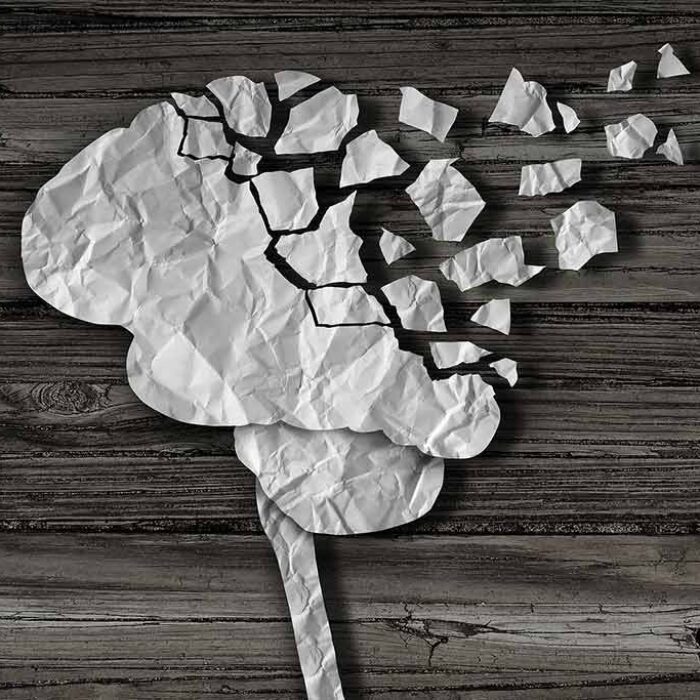Pain is an unfortunate part of the human experience. It affects millions of people worldwide and can be acute in nature or long-term and chronic. For some, relief is elusive. However, others find temporary respite and some people are able to find effective methods of pain management that work for them. Pain is often indicative of a medical problem or injury, acting as the body’s internal warning system. There are essentially two types of pain – acute and chronic. Acute pain is usually sharp and can begin suddenly. It can dissipate quickly or stretch over days, weeks or months. Whereas chronic pain is more difficult to treat – it can persist for long periods of time and is often resistant to different treatment modalities. Pain can be internal and/or external, affecting organs, tissues, joints, muscles, bones and skin. It can result from illness, disease and injury.
Common Sources of Acute and Chronic Pain
When it comes to acute pain, sources can include injury, surgery, broken bones, burns, cuts, dental work, labor and childbirth. Acute pain doesn’t usually last more than six months. Additionally, pain often dissipates when the the individual takes action to heal or treat the underlying. It’s a possibility that the acute pain develops into chronic pain. A number of issues can cause chronic pain including, infection, some types of headaches, nerve damage, low back pain, and pain due to cancer and conditions such as arthritis. Some people can suffer with chronic pain despite the fact they have no recent injury or damage to their bodies.
Chronic pain can linger, even after an injury has healed or a condition has been treated. It can lead to other issues such as depression, fear, anxiety, anger, lack of energy and a limited ability to move and perform everyday activities. Also, it should be noted that certain treatments for chronic pain could lead to even bigger problems. Chronic pain sufferers can become physically and psychologically dependent upon or addicted to prescription medication, if that’s how they’re being treated.
How to Manage Chronic Pain
Chronic Pain management can be tricky, depending on the level of pain a person experiences and his or her tolerance to that pain. In some cases, people may benefit from a combination of treatments. Some choose more holistic options such as relaxation, acupuncture and biofeedback. For others, counseling and behavioral changes may be necessary. Medical approaches may include surgery, physical therapy and nerve blocks. If pain is relatively mild or short-term in nature, people can opt for non-prescription medications containing acetaminophen or ibuprofen, such as Tylenol and Motrin. There are also plenty of prescription painkillers available to handle moderate to severe pain that is either short- or long-term. These can include morphine, codeine, OxyContin, Vicodin, Percocet, Demerol, Dilaudid and Lorcet.
Prescription painkillers containing opiates are thought to be one of the front-line treatments for moderate to severe pain. Many are quick acting and long lasting. These medications can provide much needed relief for people who have tried other therapies without success. These opiate painkillers block pain signals by attaching to opiate receptors in the brain and body. Opiates are narcotics and are attractive options for many people who want to live a better life, free from pain. The drawback is that they can be habit forming. Patients can develop an opiate tolerance. This means their body compromises the effectiveness of the drug and increasing doses may lead to dependence. People should take not that it can be safe to take opiates. However, some do develop a problem that requires opiate treatment.













